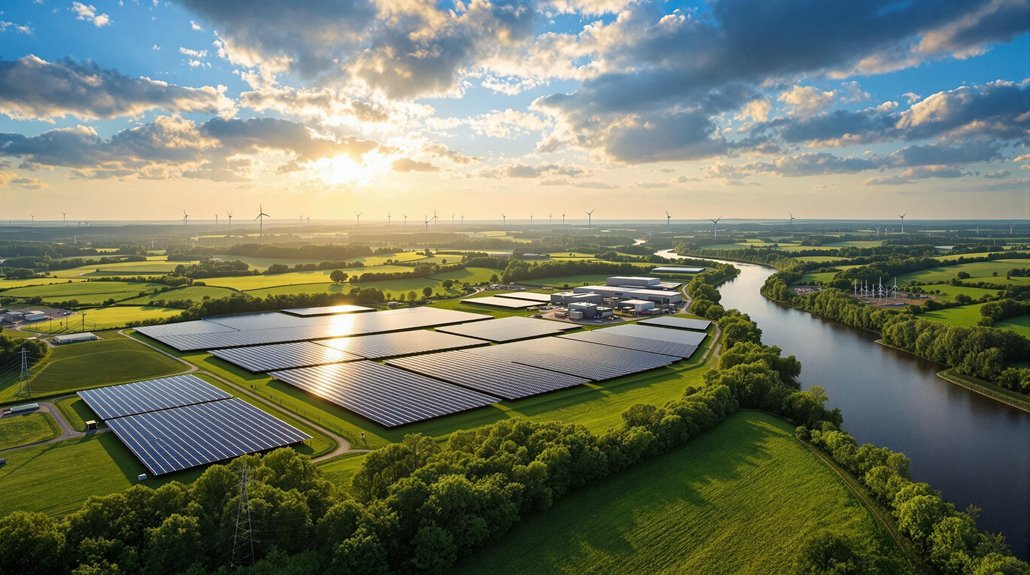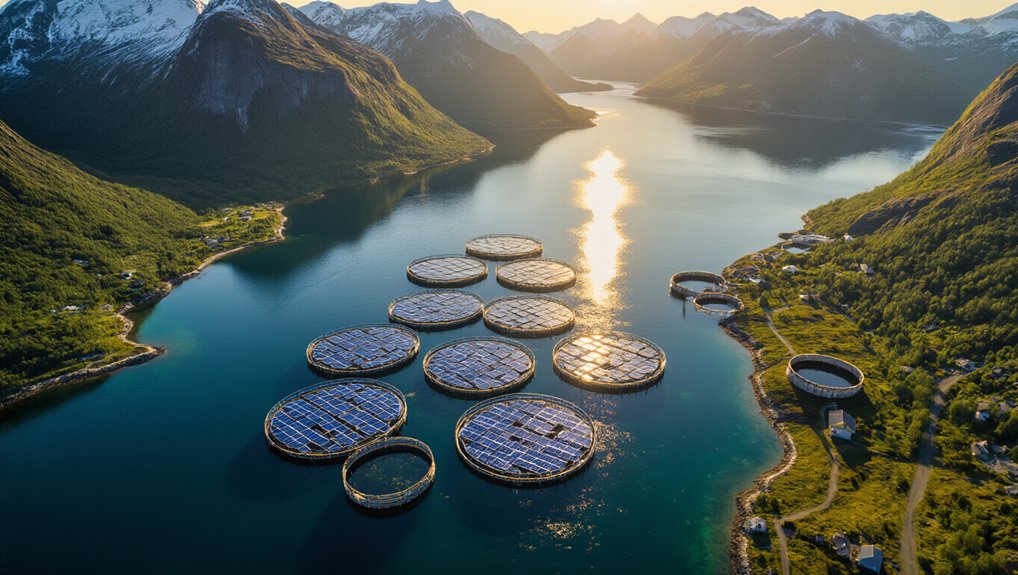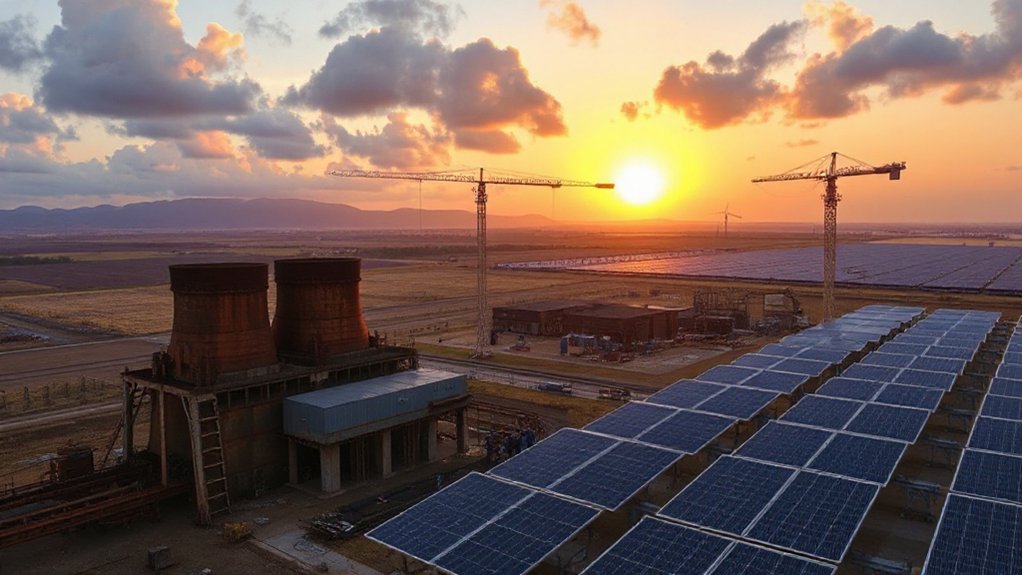Chester, Bucks, Delaware, and Montgomery counties have formed the Southeastern Pennsylvania Energy Partnership. The group plans to reach 100% renewable electricity by 2035, with targets of 25% by 2026 and 75% by 2030. They’re buying electricity through wholesale markets to increase access to green energy. The partnership will expand to include municipalities and school systems. This initiative addresses challenges with the aging power grid while creating clean energy jobs.
Four Pennsylvania counties are making a bold move toward clean power. Chester, Bucks, Delaware, and Montgomery counties have united to form the Southeastern Pennsylvania Energy Partnership (SEP). Their ambitious goal is to reach 100% renewable electricity by 2035. The Energy Board adopted this strategy in August 2024 with clear targets: 25% by 2026, 75% by 2030, and 90% by 2032.
The partnership recently began buying electricity through the wholesale market. This change improves their access to renewable energy and increases their purchasing power. It also lets them add more public entities over time. Before this, they relied on Green-E Renewable Energy Credits.
SEP has created guidelines for future power purchase agreements. They’re focusing on new projects under development and working with diverse energy sources. The partnership prioritizes projects within the Delaware Valley region. They’re exploring renewable projects with companies like WGLES and EnelX. They may even lead the development of new energy projects themselves.
The SEP is paving the way for innovation, actively seeking partnerships and potentially spearheading their own renewable energy developments.
In December 2024, the SEP Board adopted rules for new members. Municipalities, public school systems, and municipal authorities can now join. Adding new members will increase their buying power and impact. This collaborative approach aligns with the national trend that has created 334,565 new jobs through clean energy projects across the country. This team effort helps everyone shift to renewable energy faster.
One challenge they face is the outdated power grid. About 70% of the grid is over 25 years old and needs upgrades to handle newer energy sources. Better energy storage systems and transmission technology are essential.
The benefits extend beyond clean energy. The plan could create jobs, cut reliance on fossil fuels, lower energy costs, and reduce greenhouse gas emissions. It would also improve energy security and grid resilience. This initiative could help stabilize regional energy costs, as solar power is now 56% cheaper than traditional fossil fuels.
Several proposed laws could help, including the BIG WIRES Act, FASTER Act, and Clean Energy and Transmission Electricity Act. These aim to improve the energy transmission system while protecting community rights.
Together, these counties are reshaping Pennsylvania’s energy future.








